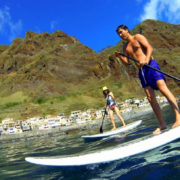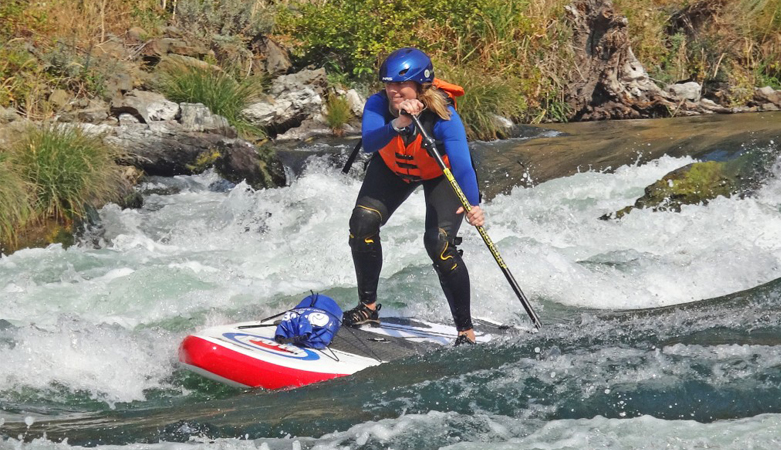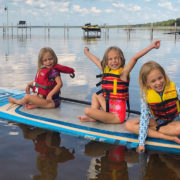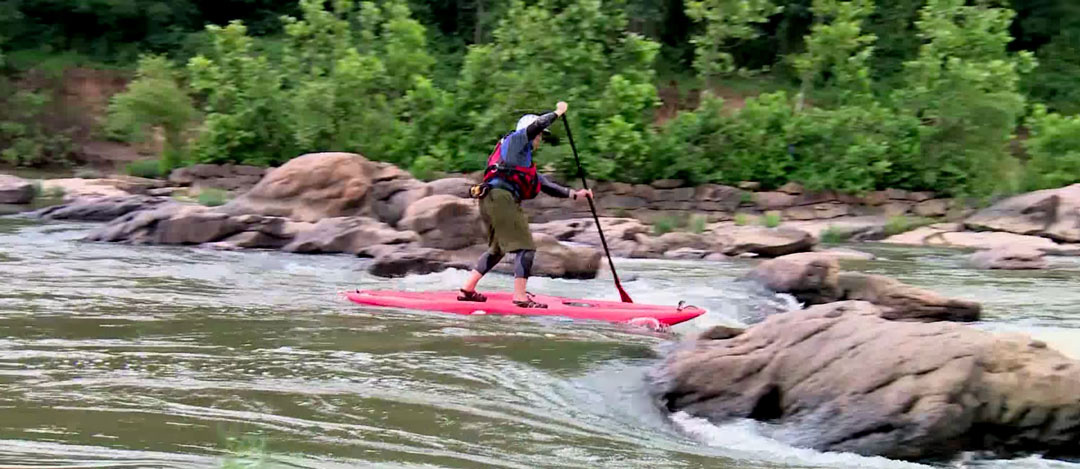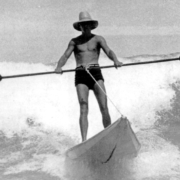7 Important Tips For Stand-Up Paddle Boarding Beginners
Stand-up paddle boarding originated from Hawaii, which is an offshoot from surfing that has gained popularity across the globe. Unlike traditional surfing, stand-up paddle boarders stand on a board while using a paddle in order to travel on water such as a river, lake or the sea.
Basic Stand Up Paddle Boarding Tutorial (SUP)
Standing on one of these boards may look easy and is usually what most people think until the time comes that they actually have to do it. Falling down is something you cannot avoid when you are a complete-beginner. Yet with practice and effort you will be able to stand on a paddle board and paddle around within a few days.
Here are 7 important tips to help you get started:
1. Make Sure You Face The Right Way
The fins serve the purpose of helping the board to “track” when in water and also assist the board to go in straight lines when you start to paddle. Make sure the fins on the underside of the board are facing behind you when you stand up on the board.
2. Don’t Forget About Your Leash
A good quality SUP leash can assist you in keeping the board attached to your leg. When you fall down, your board will always be in reach, which means you won’t have to swim after it every time you fall down.
3. Begin On Your Knees
When you are learning to paddle board, you should start off in calm water that is only a few feet deep, where you can start to practice how to stand. From here you can start off by mounting the board by kneeling so that you become accustomed to your weight on your board. If you have enough space, while on your knees start to paddle around.
4. When You Stand Up For The First Time
Once you feel comfortable kneeling on your paddle board you move onto standing on the board. When you stand up on the board, make sure your feet are positioned in the center of the board, shoulder width apart. Make sure you are standing straight, with a good posture.
Once you are able to stand comfortably and you can maintain your balance, using one hand, grip the top part of the paddle handle, and with your other hand hold onto the center of the paddle. Keep in mind that it becomes easier to stay standing once the board achieves forward momentum.
5. Use Your Entire Body
When you start to paddle, your knees need to be bent while pushing the paddle gently into the surrounding water. At the same time twist your upper body, while using your arms and your core muscles. If your paddle has an angled or sloped blade, ensure you keep the slope of the blade away from your body. If you are not holding the paddle in the correct position you will experience a drag which will slow down your progress.
6. Keep Your Head Up
The body will naturally follow the eyes and your head, so avoid looking down when you start to paddle. Make sure your head is always up, with a straight back and your weight slightly leaning over your toes.
7. Know About The Weather Conditions
Make sure you check on the forecast for weather before you go out paddling. Strong winds and tides could become your enemy and the weather can change relatively quickly. When you are still a beginner you want to avoid being caught unaware.
In conclusion, when you are starting out it is also suggested to stay clear of any other surfers as waves will probably tumble you and your board over which could result in damages to the gear of other surfers.

